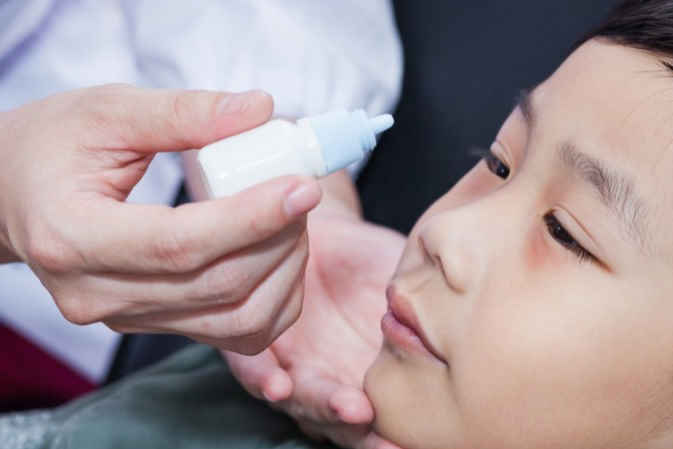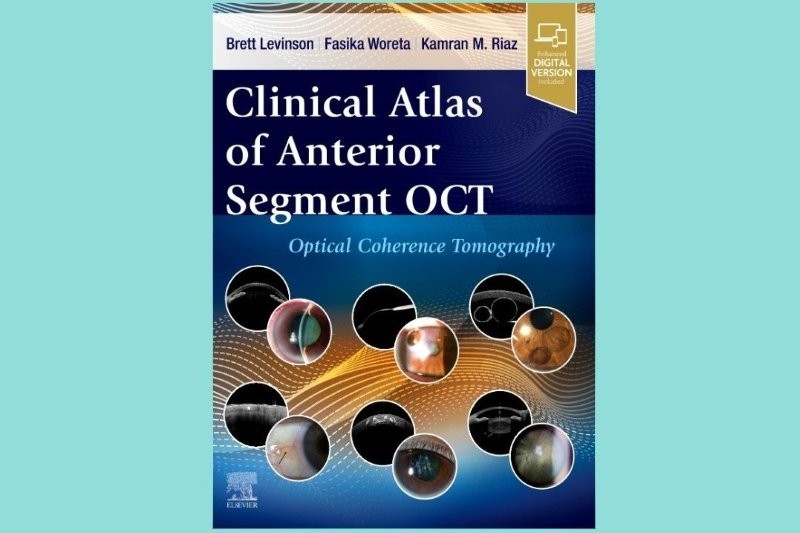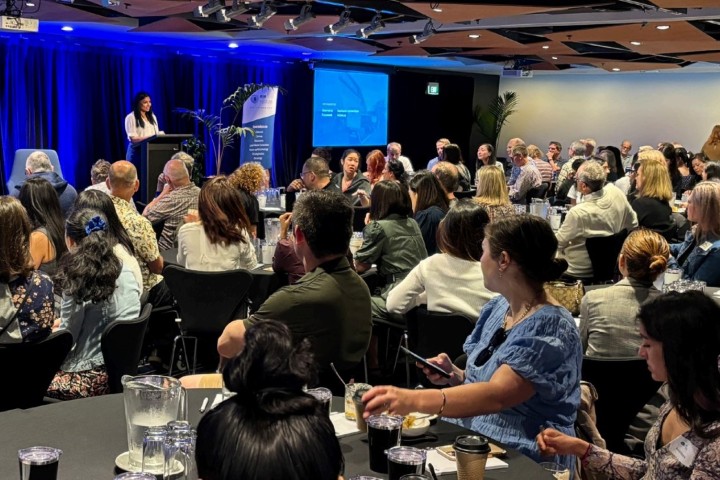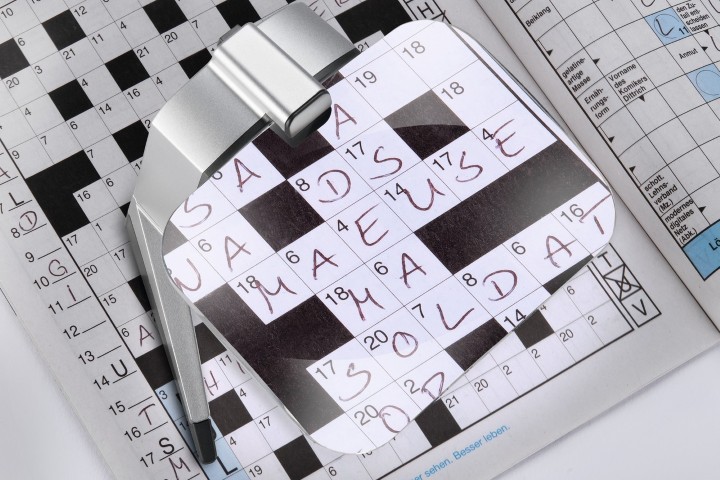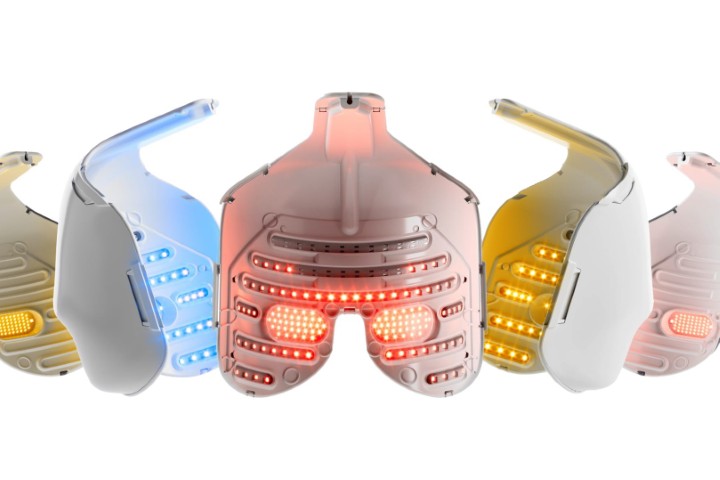Low-dose atropine for myopia control?
All myopia is associated with an increased risk of sight-threatening conditions such as retinal detachment (RD) and myopic maculopathy (MM), with the risk increasing markedly in high myopia¹.
The abnormal eye enlargement that causes the myopic refractive error stretches and damages the retina and choroid, making eye enlargement the basis for the increased risk of RD and MM. A major reason for controlling myopia progression in young people is to reduce the risk of these sight-threatening conditions in later life. Prescribing low-dose atropine eye drops (typically 0.01%) is becoming more widespread as research suggests it is nearly as effective as higher concentrations in reducing the progressive increase in myopic refractive error²-⁷, without the unpleasant side effects and significant rebound (acceleration of progression on cessation) present with higher concentrations⁸.
Table 1 shows the change in spherical equivalent refraction (ΔSE) over two years associated with different concentrations of atropine, and the resultant efficacy of atropine in reducing the progressive change in SE relative to vehicle-only eye drops as control (Efficacy: SE). Table 1 is based on data from 710 children collected in two closely related studies, ATOM1² and ATOM2³ and reported together in reference ⁴.
|
Table 1: Efficacy of different concentrations of atropine eye drops |
|||||
|
Atropine concentration |
Vehicle* |
0.01%** |
0.1%** |
0.5%** |
1.00%* |
|
No. (& age) of children |
190 (9.2) |
75 (9.5) |
141 (9.7) |
138 (9.7) |
166 (9.2) |
|
ΔSE (Std Dev) D |
-1.20(0.69) |
-0.49(0.63) |
-0.38(0.60) |
-0.30(0.60) |
-0.28(0.92) |
|
ΔAXL (Std Dev) mm |
0.38(0.38) |
0.41(0.32) |
0.28(0.27) |
0.27(0.25) |
-0.02(0.35) |
|
Efficacy: SE |
0% |
59% |
68% |
75% |
77% |
|
Efficacy: AXL |
0% |
-8% |
25% |
29% |
105% |
Efficacy: AXL = 100 x (ΔAXL[vehicle] – ΔAXL[atropine])/(ΔAXL[vehicle]); similarly for Efficacy: SE⁹; *Data from ATOM1; **data from ATOM2.
It has recently been pointed out⁹, however, that although 0.01% atropine appears to slow the refractive changes associated with myopia progression, the same is not true regarding the abnormal changes in axial eye length. Table 1 also shows the change in axial length (ΔAXL) associated with the different concentrations of atropine and the resultant efficacy of atropine in reducing the progressive eye enlargement (Efficacy: AXL). Atropine 1% completely arrests axial elongation (efficacy: 105%), but 0.01% has no effect in reducing axial elongation (efficacy: -8%). The effectiveness of 0.01% atropine in slowing refractive change, but not axial length change is also apparent in Figure 1A and B respectively, in which the data⁴ has been replotted, omitting the data for other concentrations of atropine.
Fig 1A. Changes in spherical equivalent refraction (open symbols) and Fig 1B. Changes in axial eye length (filled symbols) for children assigned to receive vehicle eye drops (triangles) vs those assigned to receive 0.01% atropine eye drops (circles) nightly over two years. (Data replotted from reference⁴)
Although the authors of ATOM1 and ATOM2 combined their data to compare progression under the four different concentrations of atropine versus control⁴,⁸, the two studies were slightly different. The children in ATOM1 were slightly younger (9.2 vs 9.5 years) and had lower mean spherical equivalent refractions (-3.55 vs -4.50 D) and shorter mean axial lengths (24.8 vs 25.1 mm) at baseline than those in ATOM2, and axial length was measured by A-scan ultrasound in ATOM1 and IOLMaster in ATOM2. Nonetheless, since the progression data are computed as changes in AXL and SE over time, these differences in study details are unlikely to have significant effects on the comparisons. The finding that refractive changes appear to become unlinked from axial length changes raises the interesting question of where in the eye 0.01% atropine might be acting to reduce refractive change. It may act on the cornea¹⁰ to effectively reduce its power, but equally it may have a progressive relaxing effect via the lens/ciliary body. In any event, it is clear that our understanding of how atropine slows myopia progression is still very incomplete.
Conclusion
In summary, the most comprehensive data currently available⁵ indicates that 0.01% atropine does reduce the refractive changes associated with myopia progression, but there is no evidence that it slows eye enlargement. On that basis it is questionable whether 0.01% atropine is clinically useful in reducing the risk of later pathology.
1. Flitcroft DI. The complex interactions of retinal, optical and environmental factors in myopia aetiology. Prog Retin Eye Res 2012;31(6):622-60 doi: 10.1016/j.preteyeres.2012.06.004.
2. Chua WH, Balakrishnan V, Chan YH, et al. Atropine for the treatment of childhood myopia. Ophthalmology 2006;113(12):2285-91 doi: 10.1016/j.ophtha.2006.05.062.
3. Chia A, Chua WH, Cheung YB, et al. Atropine for the treatment of childhood myopia: safety and efficacy of 0.5%, 0.1%, and 0.01% doses (Atropine for the Treatment of Myopia 2). Ophthalmology 2012;119(2):347-54 doi: 10.1016/j.ophtha.2011.07.031.
4. Chia A, Chua WH, Wen L, Fong A, Goon YY, Tan D. Atropine for the treatment of childhood myopia: changes after stopping atropine 0.01%, 0.1% and 0.5%. Am J Ophthalmol 2014;157(2):451-57 e1 doi: 10.1016/j.ajo.2013.09.020.
5. Gong Q, Janowski M, Luo M, et al. Efficacy and Adverse Effects of Atropine in Childhood Myopia: A Meta-analysis. JAMA Ophthalmol 2017;135(6):624-30 doi: 10.1001/jamaophthalmol.2017.1091.
6. Clark TY, Clark RA. Atropine 0.01% Eyedrops Significantly Reduce the Progression of Childhood Myopia. J Ocul Pharmacol Ther 2015;31(9):541-5 doi: 10.1089/jop.2015.0043.
7. Loughman J, Flitcroft DI. The acceptability and visual impact of 0.01% atropine in a Caucasian population. Br J Ophthalmol 2016;100(11):1525-29 doi: 10.1136/bjophthalmol-2015-307861.
8. Chia A, Lu QS, Tan D. Five-Year Clinical Trial on Atropine for the Treatment of Myopia 2: Myopia Control with Atropine 0.01% Eyedrops. Ophthalmology 2016;123(2):391-9 doi: 10.1016/j.ophtha.2015.07.004.
9. Bullimore MA, Berntsen DA. Low-Dose Atropine for Myopia Control: Considering All the Data. JAMA Ophthalmol 2018;136(3):303 doi: 10.1001/jamaophthalmol.2017.6638.
10. Gong Q, Janowski M, Liu L. Low-Dose Atropine for Myopia Control-Reply. JAMA Ophthalmol 2018;136(3):303-04 doi: 10.1001/jamaophthalmol.2017.6641.
Dr John Phillips is a senior lecturer and head of the Myopia Laboratory at the School of Optometry and Vision Science at The University of Auckland. He is also visiting chair professor at the Department of Optometry, Asia University, Taichung, Taiwan.










